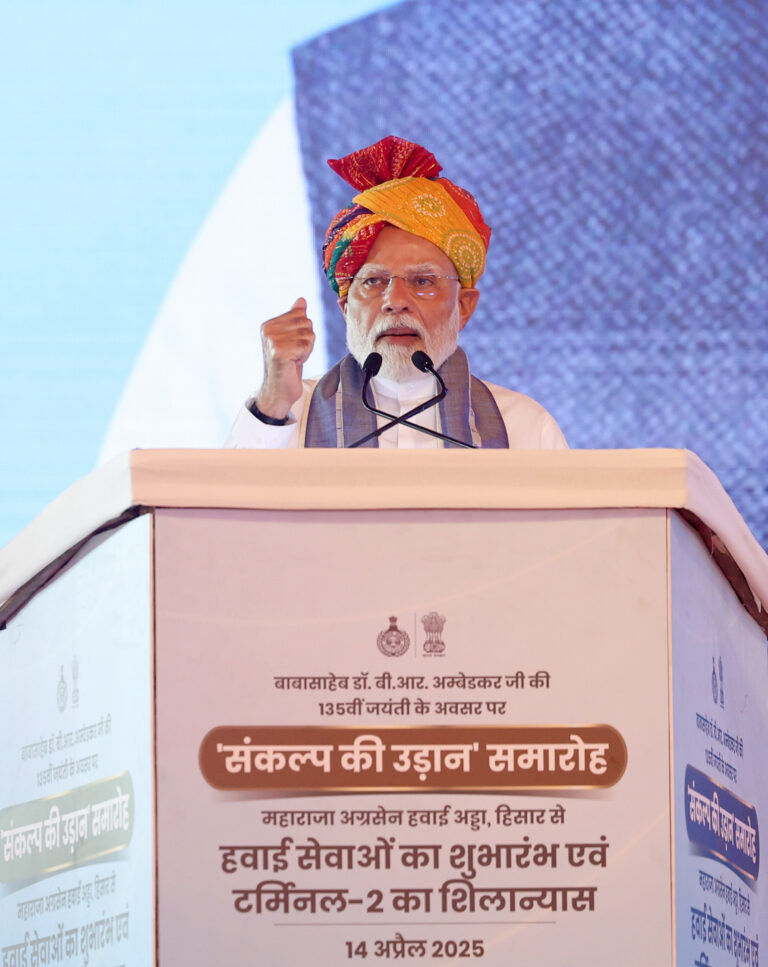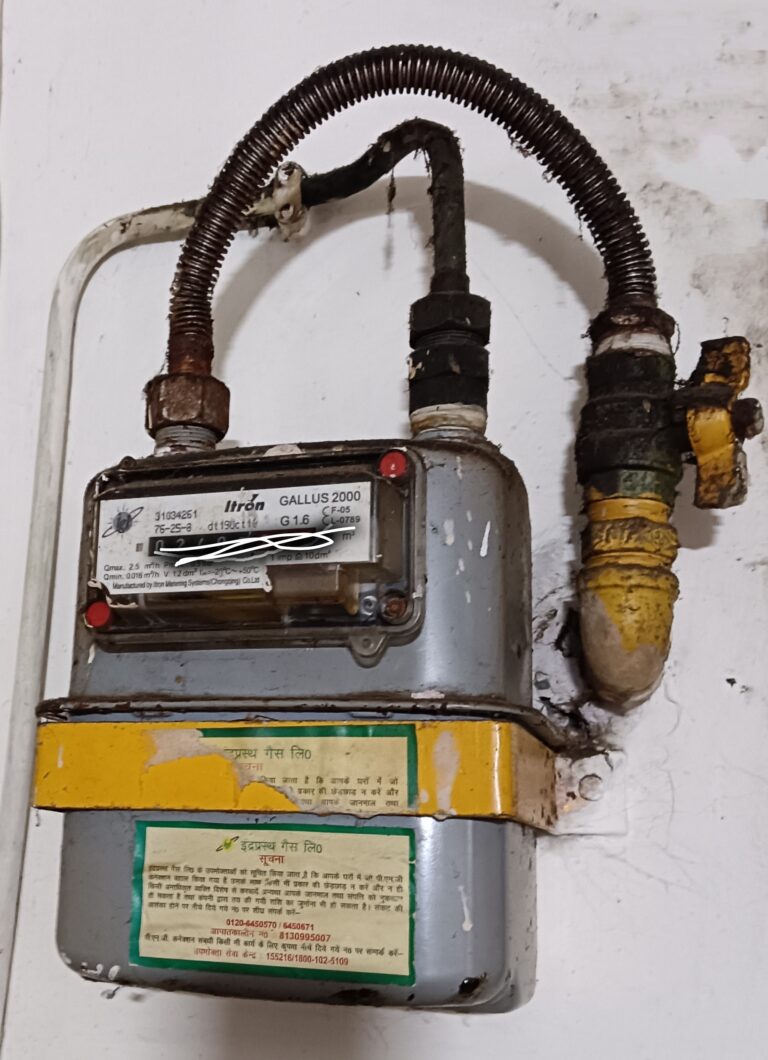
Representative photo
Thiruvananthapuram: Using Google map, a group of four young tourists – three men and a woman — from Hyderabad drove their SUV straight into a swollen stream in the Kuruppanthara area of Kerala’s Kottayam district early yesterday. The presence of mind of one of the tourists, who knew how to swim, saved the lives of the others. Without panicking, he opened the door of the submerged SUV when it hit the opposite bank and saved the others.
The tourists were on their way to Alappuzha from Kottayam. They were rescued by the locals and the police. They did not suffer any injuries but had a miraculous escape.
While many blamed the Google map technology, the fact is that the road where the car was travelling had a small bend which ended in the inundated dead-end stream. Though this bend is seen on the map, many mistake it to be the main road, locals said.
The locals said that such incidents had happened earlier, but on all those occasions, the stream was not inundated and it was during broad daylight. In the present incident, it was dark and the road bend was not noticed.
“The only and simple solution is to keep a warning sign at the bend saying that it leads to a dead end”, said Raveendran, a local shop owner.
Last year, a similar incident took place in which two doctors lost their lives after they drove into a river while reportedly following Google map directions.
Following the incident, the Kerala police had issued cautionary guidelines on using technology during the monsoon season.
Meanwhile, pre-monsoon showers continued to batter southern districts of the state resulting in many areas getting inundated. Two lives were lost, one in lightning. There was a slight respite in the northern districts.
The India Meteorological Department (IMD) has predicted heavy rainfall in the southern districts of Kerala for the next five days as the state will directly slip into the annual monsoon season.
The IMD maintained that despite a severe cyclone named Remal brewing over the Bay of Bengal, the onset of monsoon over the state will not change and it will hit the shores on May 31.
The IMD also feels that the current depression is positively impacting the monsoon’s progress over the Bay of Bengal. Further impact on monsoon progress will be known once the system intensifies and gradually makes a landfall.
In its latest announcement, the IMD said that the well-marked low-pressure area over the west-central and adjoining south Bay of Bengal had moved towards the northeast, concentrating into a depression, which lay over the central Bay of Bengal.
*Shankar Raj is a former editor of The New Indian Express, Karnataka and Kerala, and writes regularly on current affairs.






